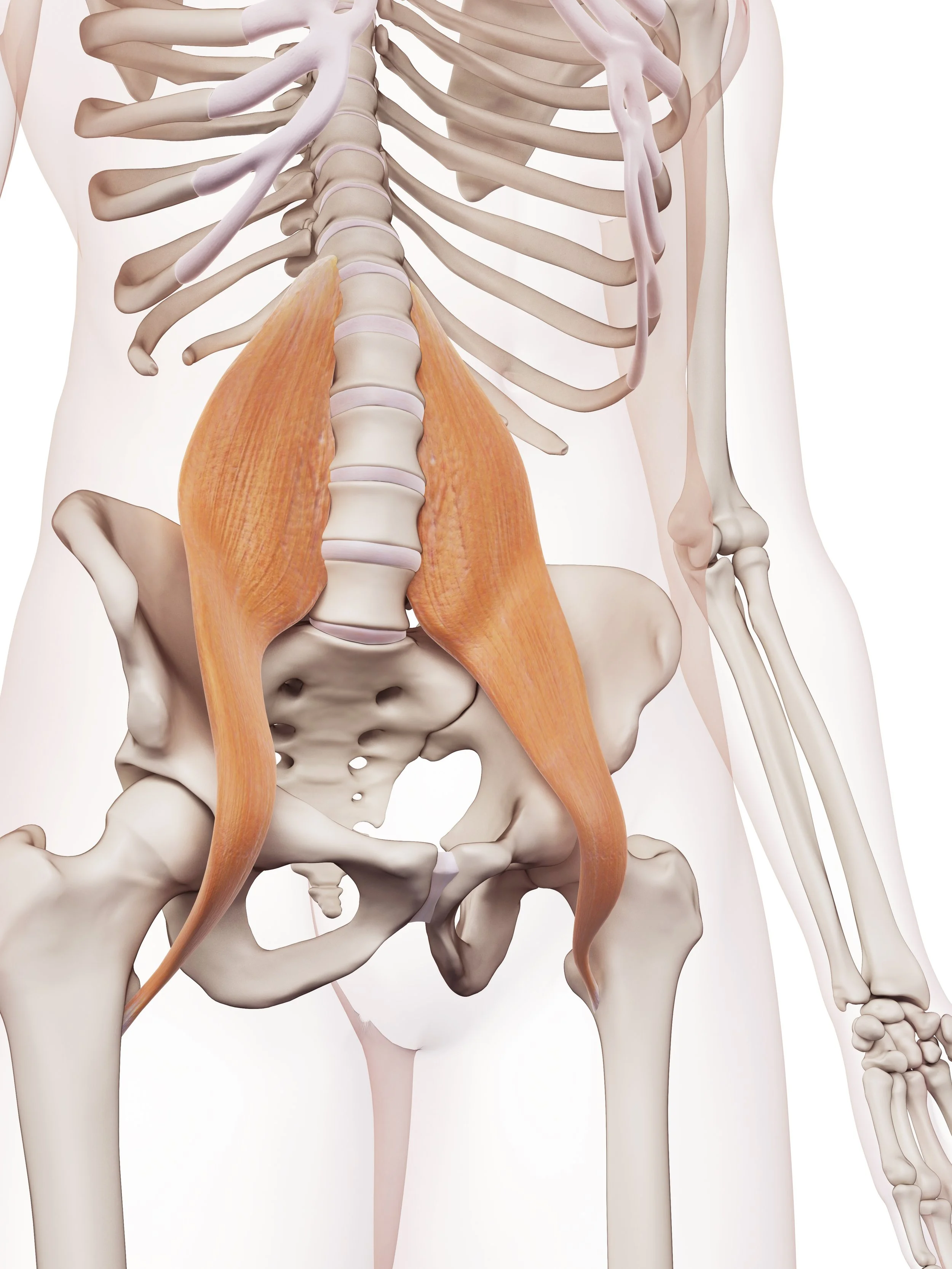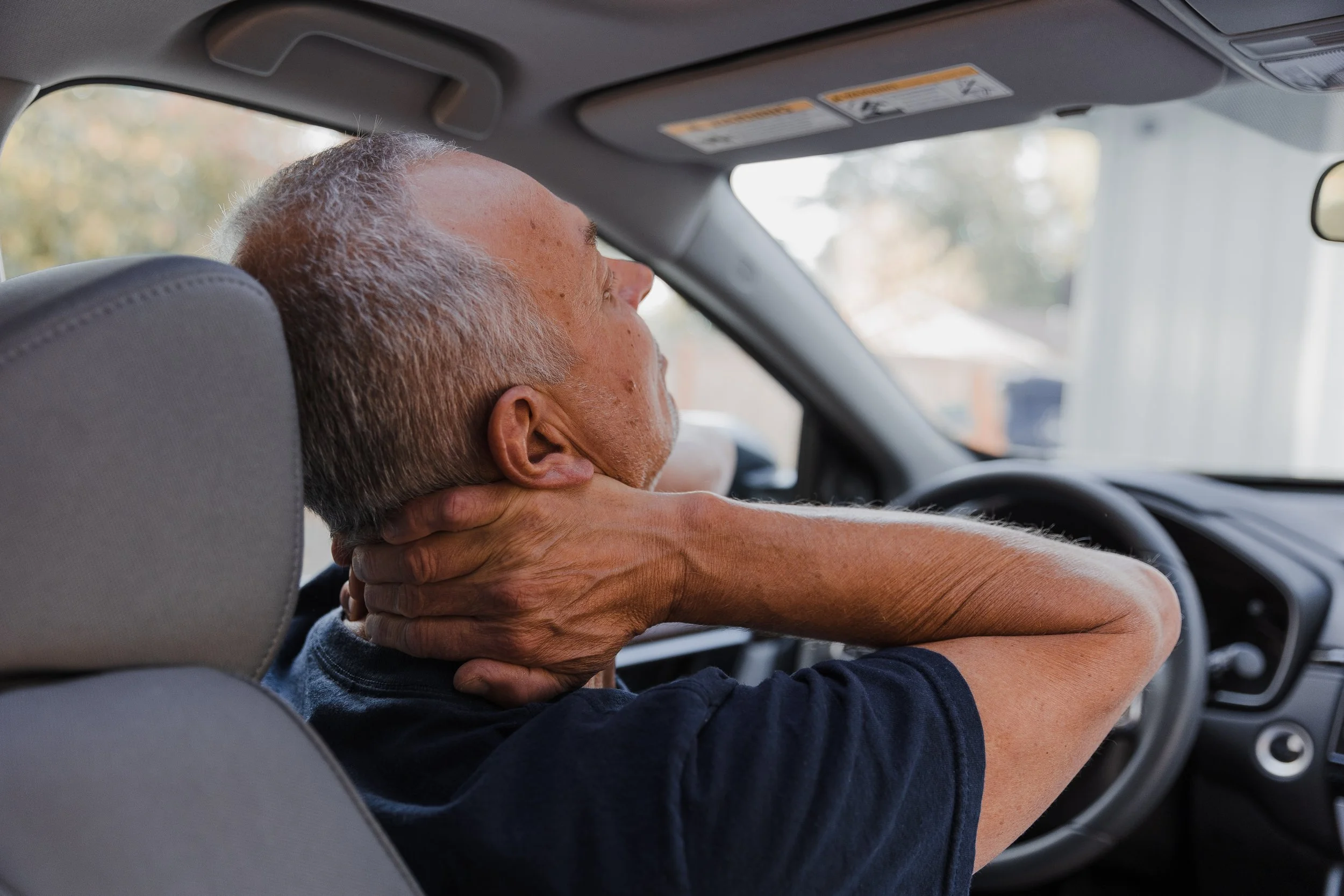IgG food reaction testing has been a useful test in our practice for many moons. The immune inflammatory cascade triggered by an antibody based reaction to foods can impact a variety of tissues and system well beyond the GI: chronic soft tissue pain, mood disorders, skin outbreaks, chronic rhinitis, fatigue and poor immune resistance just to name a few. Up until recently there have been some logistical barriers to complete the test, namely the need to get a regular blood draw. Genova had recently expanded their offerings to include a home blood spot option for the routine 70 antigen food IgG panel. It only requires a finger prick and collection of blood spot onto a paper blot that is mailed directly to the lab.
YOUR HEAD IS A BOWLING BALL
Maria and I had fun with her grandmother's bowling ball that was collecting dust in a closet, to record a video illustrating the impact of anterior head posture on the neck and shoulders.
https://www.youtube.com/watch?v=DN-nT3w6SFQ
https://www.youtube.com/watch?v=DN-nT3w6SFQ
Wearing sandals that fit heel lifts and orthotics
This blog entry may seem a little untimely since this cool morning hints of fall, which will eventually retire our sandals. However this is also the time of the year when high-quality sandals come on sale, and a good opportunity to stock up for the winter vacation and the following summer. By now most of my patients seem to understand that they can continue wearing their orthotics in the summer by fitting them in orthotic compatible sandals. I keep a document with a list of some common brands and model that fit the bill, (although in the fashion world I'm constantly reminded that I have to update it). What has not always been made clear is that you can actually wear an orthotic combined with a heel lift or medial pronation wedge in a sandal as well, if you know what shoe to look for. That particular sandal will need to have a heel cup instead of an open back with a simple strap. There are several models on the market, they are often found under the definition of a Roman sandal or fishermen sandal (although the example listed below is actually not tagged as such on the website). Our orthotic compatible sandal document has a subset of models with heel cups. The shoe industry has really stepped up to the plate in the last few years by offering routinely models that are orthotic compatibles, broadening the choices to remain well supported with your custom appliances year-round.
Social media, technology, depression and anxiety
https://tmb.apaopen.org/pub/yvcb5y06/release/1?utm_campaign=Friday%20Favorites&utm_medium=email&_hsmi=268141852&_hsenc=p2ANqtz-9S-3SFxxn7YzRT-K6-3FUGoJYt2zesPTPQ_njcdzoO4CbtcclbjR-vXbRTFOR6ukwfML_WuzNGr0xtTADAXQYH0pRCyw&utm_content=268141852&utm_source=hs_email
I'm currently the temporary parent of 2,15-year-old girls who are staying with us for almost 3 weeks as part of a family vacation and summer camp. This experience on the ground has brought home the reality of this research article I came across a few weeks ago, about the ever increasingly clear correlation between the use of smart phone, especially social media, and the risk of depression related disorders not only in teens but also in adults.
Depression is certainly a very complex multifactorial health problem. That involves situational stress, biochemical and inflammatory disturbances in the brain and body, (1 of the areas of intervention in our office along with chiropractic care). But I think the blindside is often the contribution of technology exposure to the disease. The healthcare system at large is developing more robust validated assessment questionnaires to help identify how much of a contribution it is for individual patients, and incorporates technology exposure reduction as part of the treatment plan. Incidentally, I get a lot of pushback from patient about requiring them to silence or shut off their phones when they are in the room, but this is based on solid science about how our nervous system responds to the presence of even apparently minor technology signaling such as a message beep on your phone while you're in the middle of a chiropractic treatment, when we are trying to achieve optimal neurological communication between your brain and your body, and the phone signaling constantly pushes your primal stress response system to go into fight or flight mode.
Birds of a feather: the eagle and the pigeon streches
The pigeon stretch is getting the lion’s share of the attention when it comes to hip and gluteal stretches, Both the pigeon and the very similar and lesser known eagle stretches have great value and target slightly different structures. The eagle stretch affects the sacroiliac and surrounding ligaments and muscular origins. It is more central and often overlooked. The pigeon stretch ( supine version instead of the traditional prone yoga version) affects muscles closer to the lateral and inferior part of the buttock muscles.
https://www.youtube.com/watch?v=hv6Tu6pAeyw
Pigeon
eagle
CHIROPRACTIC TO REDUCE C SECTION RATES: WHY IT MATTERS
For the last three years, I have been incorporating the concepts of the Spinning Babies midwifery teachings in the care of our expecting moms. The idea behind the system is that the fetus is meant to proceed with a smooth descent into the pelvic outlet as long as there is no obstacle to the process. The latter being a pretty significant caveat. In addition to intra-uterine sources ( cord and placental position), the anatomy of the mother’s bony pelvis, pelvic muscles and ligaments, abdominal wall and pelvic floor has a huge role in either allowing or interfering with a smooth descent to an uncomplicated vaginal delivery with little to no stress to the child. Early on, the midwife developer of the Spinning Babies method recognized the importance of body workers as an adjunct to midwives in that process. Dr. Carol Phillips, who incidentally was my first pediatric chiropractic teacher at Northwestern, was the main source of information.
The current rates of C-section worldwide range anywhere from 15% to a whopping 45%. The stakes are high to keep it closer to 15% and there is no reason why that number should feel unreachable. The research on the long term rates of C-sections on overall pediatric and long term health outcomes are sobering. It is important for expecting moms and dads, and their support system, that there are lots of things you can do to prepare for a non surgical birth outcome and lots of resources at hand
SURVIVING SITTING: STANDING LUNGES
https://www.youtube.com/watch?v=LD0RyS2KtrE
As a corollary to the Bruegger's stretch/relief position for the neck and shoulders, the standing lunges addresses the long-standing postural shortening of the hip flexors associated with the sitting position. It is a more convenient option than a traditional lunge, often not accessible because of knee problems or clothing limitations.
Neurodeflective disorders , milestones and children's chiropractic
I am always interested in keeping up with chiropractic pediatric research because I feel that the future of our profession so much intersects with the future of our kids health and thriving. I found out about this most recent research article through 1 of our chiropractic research podcast, and I have listed both references at the bottom of this blog.
The research article focused on tracking traditional pediatric milestones through the chiropractic care intervention of 37 children's with neurodeflective disorders (the newest term coined to describe the spectrum of children with nonnormative neurological development for any reason). What was interesting and may be unique about this article is that it focused on the improvement in some of these traditional milestones (speech, social, gross and fine motor etc.) with the only variable being the chiropractic intervention, without some of the rehab therapy specific to each category (speech therapy, physical therapy, occupational therapy, sensory integration therapy, behavior modification therapy). The podcast producer theorizes that there is a grossly underutilized rule of chiropractors addressing subtle spinal functional lesion in the pediatric population, which will not manifest as pain, but have enough of an impact on neurological circuitry to interfere with normal neurological progression of expected milestones. The author also is strongly pushing for a better coordination of care and cooperation of chiropractors with their rehab counterparts in the above-mentioned specialties, with the idea that chiropractic will restore some degree of neuronal circuitry integrity, which then allows rehab specialists to maximize the benefit of their therapies in the affected pediatric population. This would be a refreshing departure from the current relative lack of cooperation between chiropractors and pediatric occupational therapy, physical therapy, speech and behavioral therapy.
https://vertebralsubluxationresearch.com/2022/07/10/1830-chiropractic-brain-development/
https://podcasts.apple.com/nz/podcast/understanding-and-changing-neurodevelopmental/id1360919805?i=1000596043004














